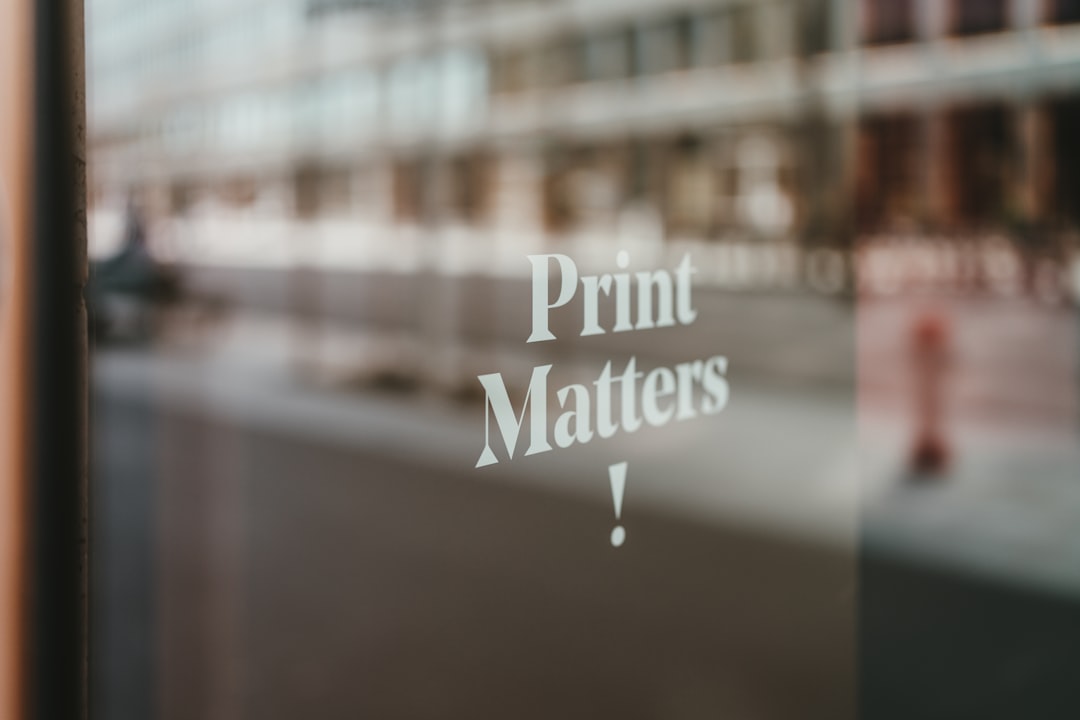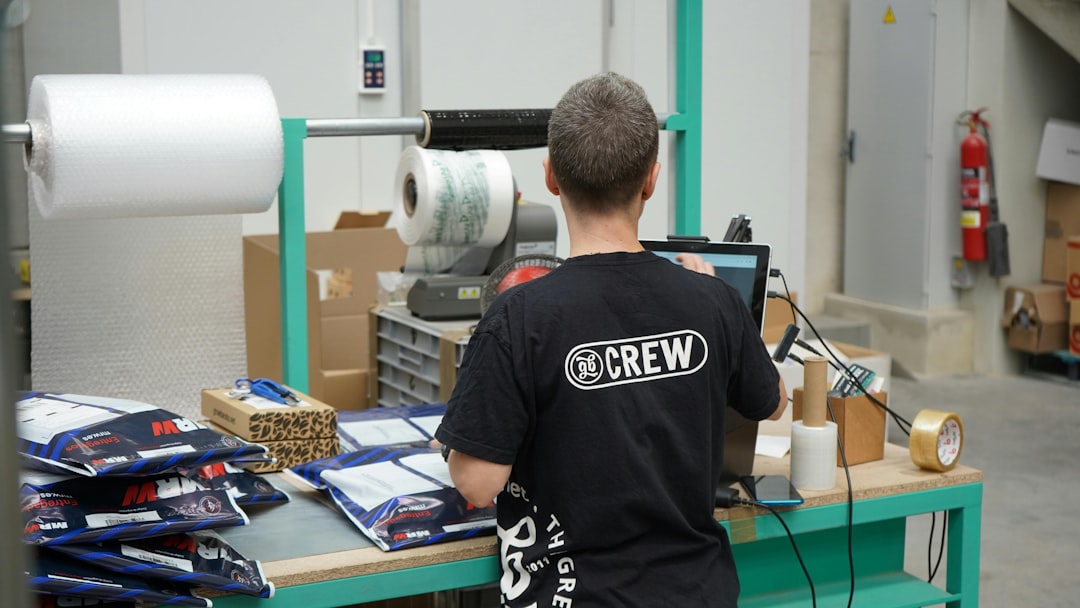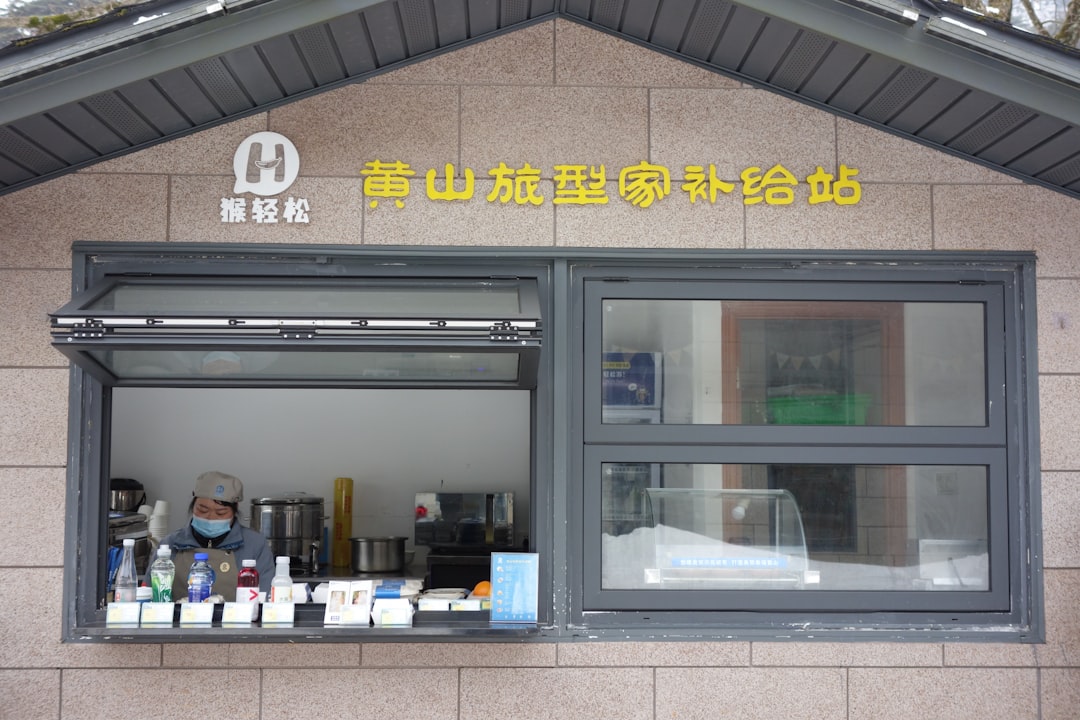

Engage prospects with a scan and streamline customer engagement with FREE QR code marketing tools by Sona – no strings attached!
Create a Free QR CodeFree consultation

No commitment

Engage prospects with a scan and streamline customer engagement with FREE QR code marketing tools by Sona – no strings attached!
Create a Free QR CodeFree consultation

No commitment
In today’s digitally driven world, QR codes are redefining what is possible for printing material suppliers who need to connect offline assets to real-time digital outcomes. The industry’s long-standing challenges are familiar: anonymous engagement with printed materials, little to no attribution beyond distribution counts, and marketing investments that are hard to defend without concrete data. These gaps suppress conversion rates and slow down revenue because demand signals remain hidden inside static assets. For background on how QR codes connect print to digital, see this overview on how they bridge print and digital.
QR codes change the equation by turning business cards, brochures, packaging, and signage into interactive entry points. With a quick scan, buyers can access spec sheets, pricing, samples, and reorders without friction. Modern platforms also unify these scans with CRM and analytics data, so suppliers can see which assets convert, which audiences are most engaged, and when to act with timely follow-ups that move deals forward. Explore the capabilities in the Sona QR product overview.
For printing material suppliers, this approach unlocks a new level of measurability and agility. You can update offers after printing through dynamic codes, personalize journeys by channel, and attribute revenue directly to each physical touchpoint. The result is a connected, responsive marketing engine where every print asset becomes a digital signal that drives pipeline growth and showcases the ROI of your materials.

For many printing material suppliers, the biggest obstacle to consistent conversion is the lack of visibility between physical touchpoints and digital actions. Brochures are handed out, packaging is delivered, and booth graphics turn heads, yet true engagement remains invisible. QR codes bridge this gap by making every interaction measurable and actionable. They convert short attention into immediate outcomes like quote requests, sample orders, and product comparisons.
Start by replacing outdated analog processes with scannable, trackable digital experiences. Paper forms, clipboards at events, and manual sign-up sheets introduce friction and errors; QR-enabled forms, micro-sites, and prefilled email or SMS flows reduce time to action and surface intent data that enriches your CRM. Consider using Google Forms QR to streamline data capture.
Whether you are refreshing catalogs, optimizing packaging, or scaling event collateral, QR codes introduce a direct line from print to conversion. Platforms like Sona QR support each stage of this transformation, from code creation and design to analytics, CRM syncing, and campaign optimization.

Print campaigns often generate awareness without clarity on who engaged or what happened next. That lack of visibility makes it tough to justify spend or refine strategy. QR codes fix this by creating a clear pathway from physical materials to measurable digital interactions. Buyers no longer need to type URLs or hold onto brochures for later; one scan connects them to the next step.
Speed and simplicity are key. No one wants to download an app to request a sample or find a spec sheet. QR codes enable a one-scan moment that delivers the right content instantly. This is especially valuable on materials such as sell sheets, trade show banners, shipping inserts, and invoices where attention is brief and actions should be obvious.
Beyond convenience, QR codes convert print from a static medium into a data-rich channel. Suppliers can identify high-intent buyers earlier, learn which materials and messages resonate, and reallocate budget toward the assets that close deals.

Printing material suppliers benefit from QR formats that map neatly to buyer actions. Not every format is equally useful for every scenario; the right choice depends on the goal of the asset and the environment where scanning occurs. For example, a product label might require a reorder form, while a trade show banner should route to a quick demo or case study.
The most valuable formats in this vertical prioritize education, ordering, and contact capture. They allow users to act immediately while giving teams trackable engagement data for follow-up and attribution. With a platform like Sona QR, you can generate and manage all formats in one place and switch destinations on the fly when campaigns evolve.
Dynamic formats are particularly powerful for suppliers with broad distribution. As inventory, pricing, or messaging shifts, you can update all in-market assets without reprinting. Centralized creation and tracking also make it easier to maintain brand consistency across substrates and sizes while preserving scan quality.
Growth often hides in plain sight because offline engagement is hard to capture. Strategic QR placement reveals that engagement and converts it into measurable demand. The key is to deploy codes where your buyers already interact with your materials and to match the destination with the intent of that moment.
For printing material suppliers, the most productive placements span the full buyer journey. From awareness at trade shows to conversion on packaging and retention through invoices, there are multiple points where a scan can shorten the path to revenue while generating data you can act on.
This data-driven approach creates a feedback loop that improves your creative, placement, and prioritization. Over time, you will learn which materials perform best in which environments and refine your campaigns for consistent lift.

QR code use cases for printing material suppliers map closely to repeat questions buyers ask and actions they need to take. When each asset answers a specific need, scans climb and conversion improves. The following examples address high-impact moments across trade shows, packaging, and signage.
These use cases not only lift conversion but also feed analytics that guide creative, messaging, and placement. By aligning each QR destination with a specific buyer intent, you turn static materials into conversion engines that continuously improve.
Every QR scan is a signal that carries context: what was scanned, where, and when. When you deploy unique codes across your touchpoints, you gain the ability to segment audiences automatically based on real behavior. Those segments then power email, SMS, and paid ad retargeting strategies that feel timely and relevant. For tactical guidance, see Sona’s Playbook titled Intent-Driven Retargeting: Driving High-Impact Campaigns With First-Party Intent Signals.
Printing material suppliers can segment by buyer role, product interest, and stage in the journey. Distinctions such as commercial printers versus in-plant teams, designers versus procurement managers, or new buyers versus repeat purchasers help you match creative and offers to real needs. With Sona QR, these signals can sync straight into HubSpot, Salesforce, or ad platforms to trigger workflows and alerts.
This approach turns print into a first-party data source. With every scan, your audience becomes richer, your targeting sharper, and your pipeline more predictable.
QR codes work best when they are woven into your broader strategy rather than treated as a one-off tactic. When codes connect print, events, direct mail, and digital, you get a seamless offline-to-online experience for buyers and a single source of truth for your team. The payoff is a connected funnel where every channel supports the others and every action is measurable. For campaign planning, this guide to direct mail QR is useful.
For printing material suppliers, focus on the channels where printed assets already play a starring role. Bring consistency to CTAs, ensure that landing pages are mobile optimized, and use dynamic codes so your content can evolve without reprints. Then close the loop by routing all scan data to your CRM and analytics stack.
QR codes serve as the offline onramp to your digital engine. With a centralized platform like Sona QR, you can manage every code, monitor performance in real time, and sync scan activity with your CRM and ad platforms for continuous optimization.
A well-structured rollout ensures consistent results. Use the following checklist to move from concept to conversion with confidence. Each step includes practical considerations tailored to printing material suppliers.
Start by aligning the QR code with a concrete business goal such as driving quote requests from brochures, enabling instant reorders from packaging, or collecting feedback from invoices. Tie the use case to a measurable outcome that matters to your team. When reputation building is the goal, consider Google reviews QR to accelerate social proof.
Decide whether you need a static or dynamic code. Static codes are fine for simple destinations that will never change and do not require tracking. Dynamic codes enable edits, tracking, and CRM integration; they are the default choice for most performance-focused campaigns.
The code’s form factor must match its environment. Size, contrast, and quiet zone determine scannability on everything from uncoated stocks to glossy labels and corrugated cartons.
Map your codes to all relevant surfaces so you build a comprehensive view of engagement across the journey. Start with a focused pilot, then scale placements that prove most effective.
Measurement is where QR codes shine. Use dashboards to see which assets are performing, where, and with whom. Then act on those insights quickly.
A disciplined checklist does more than launch a campaign—it creates a repeatable process for learning, scaling, and compounding results.

Historically, print engagement has been underreported because teams could not connect materials to outcomes. QR codes change that, but only if you commit to full-funnel tracking. Capturing the scan is the starting line, not the finish. You need to understand whether the scan led to meaningful actions such as form fills, consultations, or orders, and which assets contributed along the way.
Modern platforms like Sona QR and Sona, an AI-powered marketing platform for identity, data activation, and attribution, provide end-to-end visibility, from scan event to revenue attribution. You can capture device, time, location, and channel, link anonymous scans to known contacts through identity resolution, and map each interaction within a buyer journey that spans web visits, emails, and sales activity. For strategy, see Sona’s blog post titled The Essential Guide to Offline Attribution: Maximizing ROI Through Offline Channels.
With this level of clarity, printing material suppliers can double down on the assets that convert, evolve the ones that lag, and tie offline engagement directly to commercial results.
Sustained success comes from consistent execution and smart automation. As you scale, focus on practices that improve measurement, reduce friction, and keep the buyer journey moving without manual intervention. Education and visibility also matter; people scan when they know what they will get.
A centralized toolset like Sona QR simplifies code management, tracking, and integrations so your team can focus on creative strategy and customer value rather than technical overhead.
Evidence from the field shows that QR codes increase engagement and reduce the time it takes to convert interest into action. These examples illustrate how suppliers turn static materials into measurable growth while leaning into emerging trends such as sustainability and durable outdoor media.
These examples share a pattern: clear CTAs, relevant destinations, and disciplined follow-up. When every scan is instrumented and acted upon, print becomes a reliable channel for pipeline creation and expansion.
Execution details make or break QR performance. Small design missteps or slow landing pages can suppress scans and waste impressions. Treat every code like a micro-experience that must be clear, quick, and rewarding.
Leading suppliers validate each code across substrates and environments before mass production. This discipline protects your brand and ensures that every scan delivers a positive, measurable experience.
QR codes allow printing material suppliers to turn every physical asset into a measurable, dynamic touchpoint that connects offline interest to digital action. The approach modernizes catalogs, packaging, signage, and invoices with instant access to content, frictionless reorders, and data-rich lead capture. With the right design, placements, and analytics, you can watch scans progress to quotes, orders, and retention while making confident, evidence-based marketing decisions.
Now is the time to integrate QR into your core workflow. Start with a focused use case, choose dynamic codes for flexibility, and instrument every destination for attribution. A platform like Sona QR helps you generate, manage, and track codes across channels, then sync activity to your CRM for automated follow-up and revenue insights. As your library of QR-enabled assets grows, so does your ability to capture demand at the source and convert it into measurable business value. Start creating QR codes for free at Sona QR.
QR codes have transformed printing material suppliers from static product distributors into dynamic, data-driven partners in conversion growth. Whether it’s acquiring new clients, enhancing customer interactions, or tracking the performance of printed assets, QR codes replace guesswork with actionable insights that turn every brochure, label, or flyer into a powerful sales driver. Imagine knowing precisely which printed materials lead to inquiries or orders—and optimizing your campaigns instantly to maximize impact.
With Sona QR, printing material suppliers can create dynamic, trackable QR codes in seconds, update campaigns on the fly without costly reprints, and link every scan directly to revenue outcomes. This means no missed opportunities and smarter marketing investments that boost your bottom line. Start for free with Sona QR today and transform your printed materials into measurable, high-converting assets.
Best practices include designing QR codes with clear calls to action, ensuring high contrast and appropriate size, testing scan performance in real-world conditions, assigning unique codes per asset for tracking, and using dynamic codes to update content without reprinting.
QR codes transform static print materials into measurable, interactive touchpoints that connect offline assets to digital outcomes, enabling faster buyer journeys, capturing rich engagement data, supporting real-time campaign optimization, and directly attributing revenue to specific print assets.
Suitable print materials include business cards, brochures, packaging and labels, catalogs, trade show banners, invoices, shipping slips, outdoor posters, signage, event giveaways, and direct mail collateral.
Choose a supplier that offers dynamic QR code creation and management, supports various code formats tailored to buyer actions, provides integration with CRM and analytics platforms, ensures high-quality printing on different substrates, and offers guidance on design and placement for optimal scannability.
Technical requirements include maintaining sufficient size and quiet zone around the code, using high-contrast colors suited to the substrate, avoiding glossy glare or folding lines, testing codes on different devices and lighting conditions, and selecting weather-resistant materials for outdoor use.
Use Sona QR's trackable codes to improve customer acquisition and engagement today.
Create Your FREE Trackable QR Code in SecondsJoin results-focused teams combining Sona Platform automation with advanced Google Ads strategies to scale lead generation

Connect your existing CRM

Free Account Enrichment

No setup fees
No commitment required

Free consultation

Get a custom Google Ads roadmap for your business






Launch campaigns that generate qualified leads in 30 days or less.
